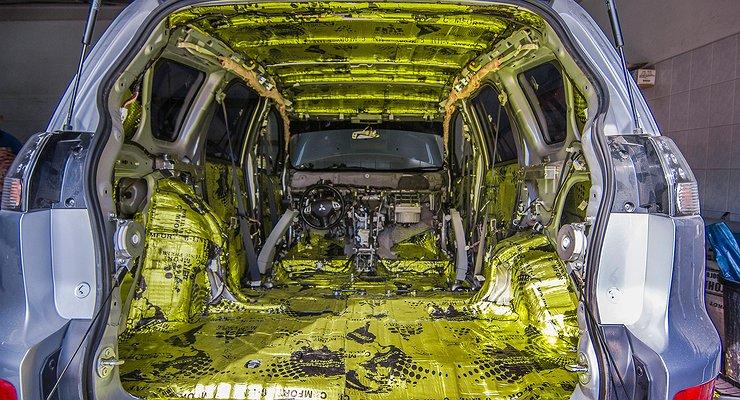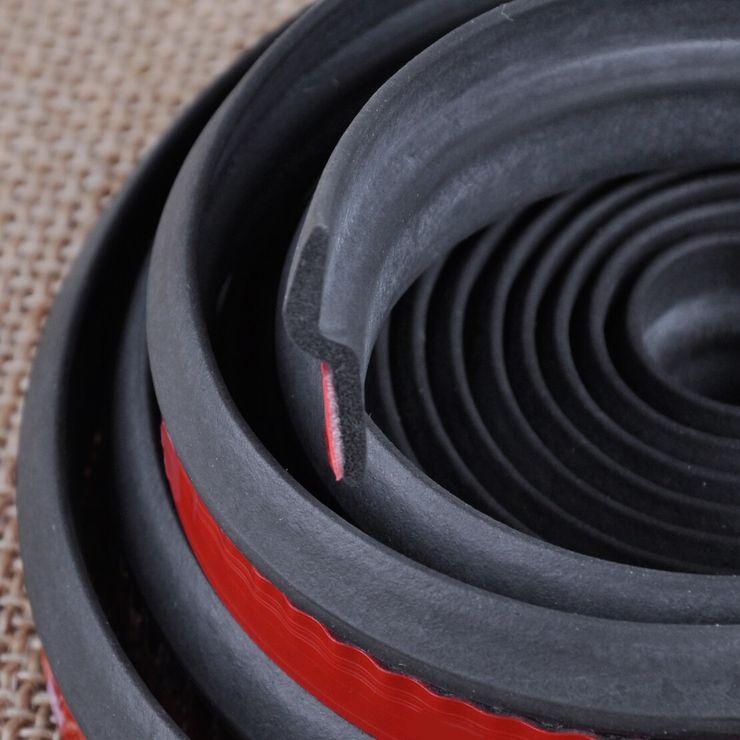
How to improve the sound insulation of any car for a penny
The noise of the wind and wheels, as well as other road sounds break into the interior of any car after several years of operation - it's only a matter of time. But what if the "soundtrack" of the track clogs the air inside the new car? It’s not worth reinventing the wheel and fencing the garden - a ready-made solution, as the AvtoVzglyad portal found out, already exists.
The problem of noise in the cabin has long been disturbing domestic motorists: in the Zhiguli, Moskvich and Volga, this option was not available by default, and it’s better to just keep silent about the work of the Ulyanovsk Automobile Plant. But having tasted the first, albeit deeply used "foreign cars", they began to think about the silence in the passenger compartment. Good things get used to quickly.
Thus began the era of "Shumka", which has become an integral part of tuning, musical training and many other improvements, which the Russians have always paid a lot of attention to. With sedans that ruled the minds for many years, everything was very clear. But the popularity of hatchbacks and station wagons, which were later replaced by crossovers of all stripes, was not easy for the conquerors of noise: the trunk combined with the interior regularly added decibels. They searched for a solution for a long time, dreary, covering the floor and walls with thick mats of roofing material and other fiends of the chemical industry. It smelled, by the way, appropriately.
But the trouble remained the same: the trunk was always noisy, passing extraneous sounds through the door. Replacing the rubber seal improved but did not solve the problem. Yes, and this pleasure cost a lot: it is incredibly difficult to fit the fifth door of Pajero or Prado with one piece, and the material itself was expensive. In two layers, as a rule, it did not come out - the door stopped closing. The decision came, as always, from the homeland of the coronavirus.

The Chinese learned how to make a special seal that could be supplied additionally to help with the factory one. It does not stick out, does not interfere, but significantly improves noise reduction. A car with such refinement is much quieter than, for example, a factory one and even equipped with an additional “shumka” on the floor and roof. By the way, the interior, in addition to everything else, keeps the “degree” better: it is warmer in winter, and cooler in summer.
The tape is glued to double-sided adhesive tape, holds tightly and does not move away under the influence of temperatures, easily tolerates branded domestic door slams, and is inexpensive. You can install it yourself: after cleaning and degreasing the surface, carefully glue the door in a circle. Do not rush to measure and cut - it is better to stick first, and then cut off. The “glue a piece, if anything” options do not work here. It is necessary to make a single canvas, trying to leave the joint in the most hidden place. For example, in the area of \uXNUMXb\uXNUMXbthe loops.
Often, additional soundproofing of doors and trunk is done using universal window seals. This idea is no longer relevant for two reasons: firstly, the cost of a building seal is quite high, and the Chinese offer a much cheaper solution. Secondly, the construction "gum" wears out much faster. So you don't need to reinvent the wheel - use ready-made solutions and enjoy the ride in a car in silence.
